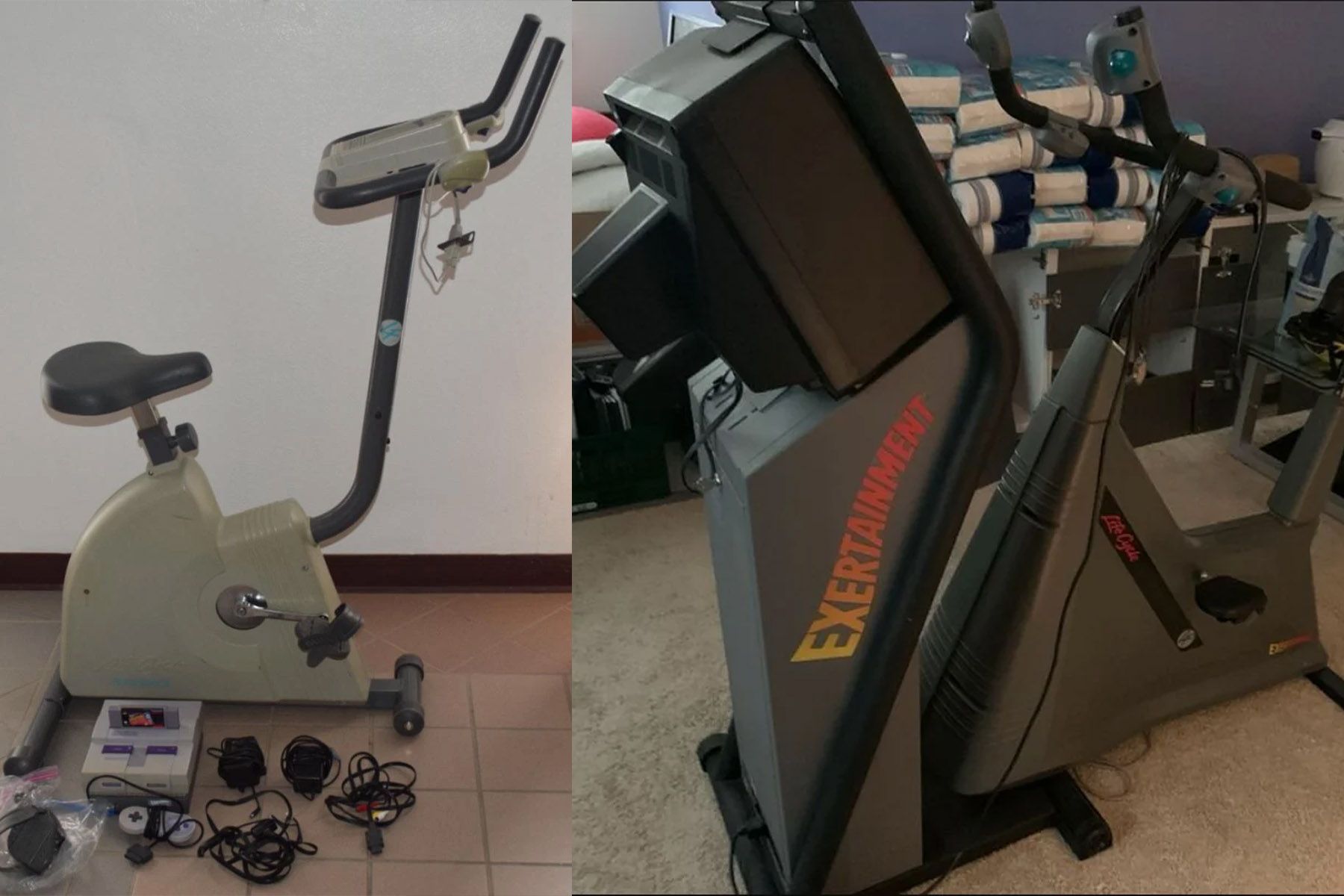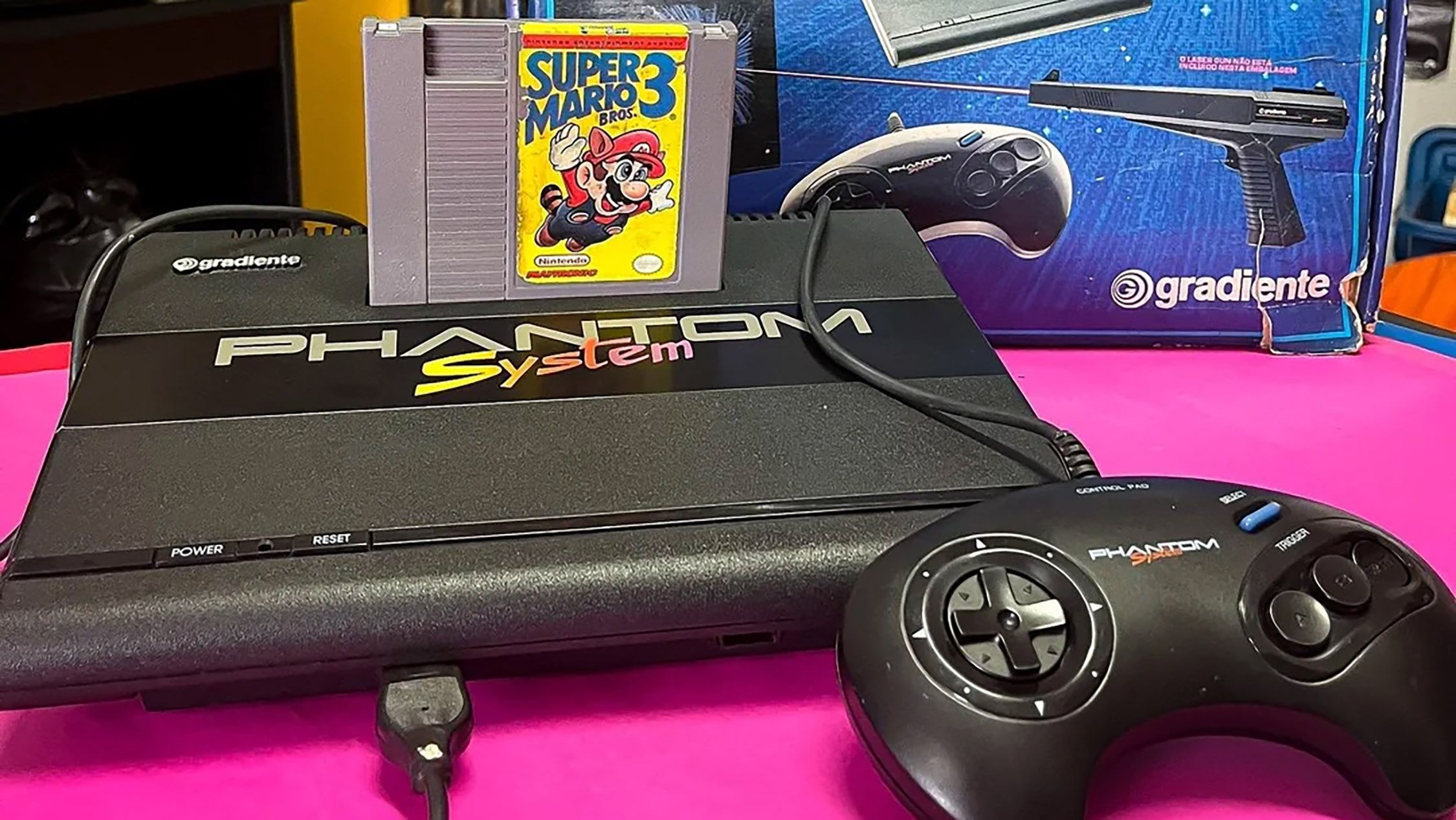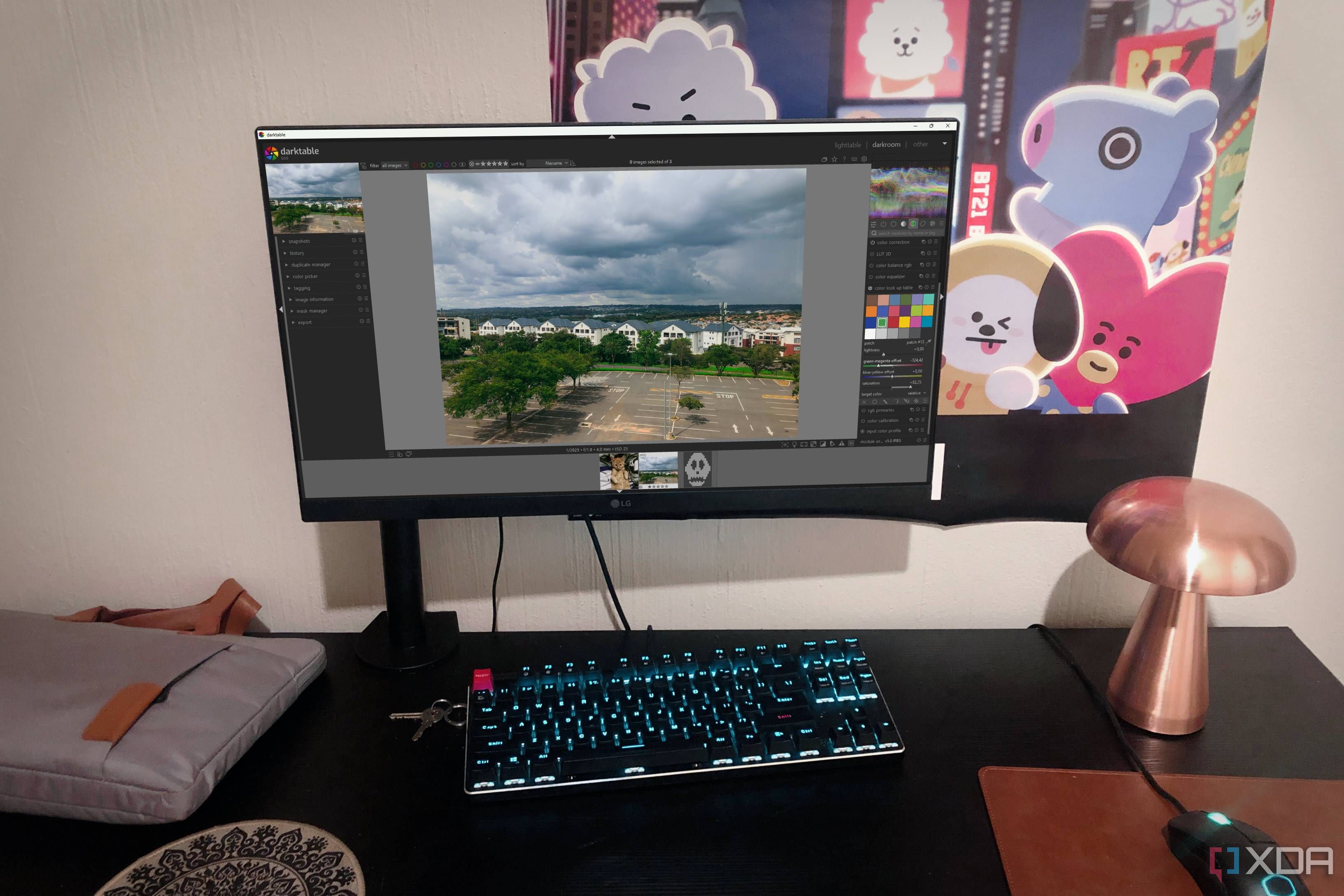Modern gaming doesn’t really have room for the oddball peripheral anymore. I can’t remember the last time I saw an accessory that made me laugh out loud or think, “that actually looks kind of cool.” Retro gaming was different. The further back you go, the stranger it gets. Companies were still experimenting — some things were actually ahead of their time, while others were built to do one very specific thing. That’s the kind of hardware I’ve always found most interesting.
While I was casually winding down with some retro gaming content on YouTube, one device really stuck with me — the Game Boy Pocket Sonar. A cartridge that turns your Game Boy into a literal working fish finder felt like a different level of strange. That was the moment I thought, maybe this would make a fun article. It's not a deep dive or a definitive list; it's just a few weird niche peripherals I’ve come across.
There seems to be a ceiling on novelty, especially once we hit modern controllers, VR, motion tracking, and gesture input. I have theories on some reasons why we don't see strange gaming peripherals anymore, and each tells a part of the story.

Related
When FBI raids and a rare SNES cheat device collided: The Game Wizard’s mysterious history
The Game Wizard exemplifies why retro gaming is as much about stories as it is about the hardware
6 Life Fitness Exertainment System (SNES)
The arcade experience doesn’t always belong in your living room
I could never see this sitting next to my couch. The Life Fitness Exertainment System was a full-sized exercise bike that connected to your SNES with an adapter through the expansion bay on the bottom. This definitely wasn't a cheap plastic toy — it was a commercial-grade piece of gym equipment fully licensed by Nintendo. It was well built, but you could only play two games: Mountain Bike Rally and Speed Racer. You would pedal to accelerate, and there were buttons on the handlebars for basic inputs.
Nintendo certainly has a history of encouraging physical activity and home fitness, something we probably know best through the Wii, and this was no different. But its $799 price tag (almost $1,700 today) was definitely aimed at wealthy households. There was even a short run of them with the SNES and a monitor built right in, priced at $2,000 ($4,200 today), intended for places like fitness centers and physical therapy offices.

Source: eBay
This 9XS model is rare, but a very well-preserved one was posted to the r/retrogaming subreddit by user tobi_1504 in 2024, along with a huge Imgur gallery of photos.
I think there’s a spatial and psychological difference between “I’m doing something in an arcade” and “I need space for this in my living room.” That’s why things like riding motorcycles make sense in arcades but not in homes unless you're really into that specific genre of gaming and have the money to drop.
5 Exciting Boxing inflatable controller (NES)
You actually get to punch something
It’s not just that some peripherals feel like they belong in arcades—it’s also that early games were often narrowly focused. Exciting Boxing for the Famicom came with a human-sized inflatable opponent. You inflated it, plugged it in, and punched it in the face. I love it.
It only worked with one game, though. And that game only really asked you to punch. In that context, a punching controller makes perfect sense.
That’s part of why older peripherals could exist in the first place. They weren’t competing with complex control schemes or multi-genre gameplay. They were tied to mechanics that were simple, limited, and specific. When you look at it that way, Exciting Boxing doesn’t feel like a gimmick — it feels like a controller built for a purpose. It just happened to be made out of vinyl, and being punched all the time meant it didn't have the longest lifespan.
NintendoSegaJapan has a great blog detailing the game, controller, and everything else that came in the box.
4 Resident Evil 4 chainsaw controller
When it's just about aesthetics and collectibles
If Exciting Boxing was a functional enhancement that made sense for the game, this one was the exact opposite. The Resident Evil 4 chainsaw controller was designed to be seen. It was covered in blood spatters unique to each of the 50,000 limited runs. It was shaped like a chainsaw and came with a display stand.
It was technically usable as a controller, but it was made to be a collector's item. Holding it looks like it would be uncomfortable and awkward. I'm sure that it was never meant to be used to actually play Resident Evil 4, or any game for that matter. This is pure novelty and aesthetic. The kind of thing you put on a display shelf, not used for a full playthrough.
Odd-balls like this can't stand up to a standard controller; they are just too refined at this point. It took decades of iteration, from the number of buttons, d-pads, analog stick configurations, and shoulder triggers. But we've landed on some pretty familiar configurations because they work great.
To make a new peripheral now, it either has to outperform that layout, do something so specific that it's needed, or be all about the looks.
3 Rez trance vibrator (PS2)
Powerful vibration for a music game... and more
These days, vibration is just part of the controller, but that wasn’t always the case. The PS1 launched without it, the DualShock added it later, and Nintendo had the Rumble Pak.
When Rez came out on the PS2, not every controller had vibration support yet. This was at a time when haptic feedback was being explored in many ways. Rez was a great music-based game, and the developers offered something extra: a USB trance vibrator that pulsed in time with the music. It was meant to be placed anywhere — a pocket, a chair, under a cushion.
And yes, plenty of people used it for exactly what you think.
Designer Tetsuya Mizuguchi called it "a joke, but a very serious joke." It was an attempt to create cross-sensory feedback. You hear the music, see the visuals, and feel the beat. It only worked with one game, and it never left Japan.
It wasn’t a sex toy, and Mizuguchi never intended it to be, but it certainly became one.
2 Game Boy Pocket Sonar
You can see the fish underwater!
I haven't gone fishing in decades, but I think this is awesome. Bandai released the Pocket Sonar in 1998, and it turned your Game Boy into a working fish finder. You dropped the sensor into the water, and the screen displayed fish, depth, and bottom structure. How cool is that?!
It actually worked. That’s what makes it so cool. It wasn’t a toy—it was a legit extension of the Game Boy into another function entirely. I’m not entirely sure how comfortable I’d be holding a Game Boy on a boat, but still. A game console with sonar is just objectively cool, to me at least.
Something like that wouldn’t happen today — that kind of specialized tech lives with smartphone USB-C accessories or in dedicated equipment now. We already have a powerful computer and a display in our pockets at all times, and it's easy to connect any number of cool gadgets.
Game consoles don’t really branch out into the real world anymore. This is what that looked like when they did.
1 Konami LaserScope
This must have been obnoxious
While I thought the Game Boy Pocket Sonar was cool, the Konami LaserScope was on the opposite end of the spectrum. This was a headset light gun for the NES, and the design was atrocious. It had a crosshair over one eye and a microphone near your mouth. You yelled "Fire!" to shoot. I immediately understood how annoying this would be and how badly it must have worked.
You could play any Zapper-compatible games, but it wasn’t good. There was no voice detection back then, so the mic didn’t distinguish words — it just reacted to sound volume. So any loud noise would trigger it. The game’s own music could make it shoot. Can you imagine playing games with your friends, except you're all yelling "shoot" every other second?
Technology has changed since then, too. CRTs are gone, so traditional light guns don’t work anymore. Motion capture does a lot of that work now, and VR has taken over the rest. But more than that, games themselves have changed.
Modern games are too broad for most genre-specific hardware to make sense. A single mission might involve walking, shooting, stealth, driving, and dialogue choices. That leaves very little room for a dedicated boxing glove or... a weird headset light gun thing. Even for modern racing games, peripheral sales probably aren’t high enough to make it worth designing many new accessories, especially with the high development costs. Some video game genres have just faded with time.

Related
The NES Gradiente Phantom System and the fight for access in Brazil's gaming underground
Brazil built its own NES when the real one never came—a story with lessons that still matter today.
The gap between idea and reality
Retro hardware design was often messy, experimental, and sometimes just a cash grab. But some retro add-ons are really cool, whether functionally or aesthetically. That’s part of what makes it fun to look back on the past.
Modern platforms are much more closed off. There’s less room to build something strange just to see what it can do. Back then, hardware leaps changed how we played. Today, they mostly just change how smooth it feels. That shift explains a lot of the slowdown in peripheral innovation. We're not really jumping from 8-bit to 16-bit to 32-bit anymore.
Older peripherals often existed to support simpler, more focused gameplay. When a game just involved fishing, racing, or boxing, designing hardware around that one thing made sense; that kind of design doesn’t scale to modern games.
The one-game accessory might just be commercially dead, even if it’s still creatively interesting. But we’ll probably always have special editions and collector’s items like the Resident Evil chainsaw — we’re just less likely to plug them in.
.png)











 English (US) ·
English (US) ·